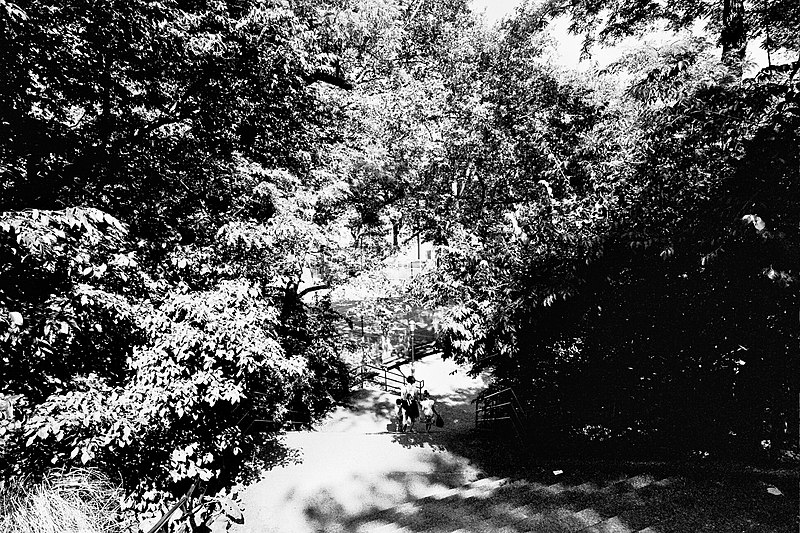As the oldest surviving house in Manhattan, Morris-Jumel Mansion has borne witness to much of New York City’s rich and diverse history. Situated on the border of Sugar Hill and Washington Heights, the museum and neighborhood has been shaped by Black history.
Exploring Black History
in Sugar Hill and Around Morris-Jumel Mansion-
 1
Audubon Ballroom
3940 Broadway
1
Audubon Ballroom
3940 Broadway
-
 2
Underground Railroad Site
857 Riverside Dr, Southbound
2
Underground Railroad Site
857 Riverside Dr, Southbound
-
 3
Ralph Ellison’s Grave
Trinity Church Cemetery & Mausoleum, 770 Riverside Dr
3
Ralph Ellison’s Grave
Trinity Church Cemetery & Mausoleum, 770 Riverside Dr
-
 4
Harry Belafonte’s Residence
501 W. 156th St
4
Harry Belafonte’s Residence
501 W. 156th St
-
 5
409 Edgecombe
409 Edgecombe Ave
5
409 Edgecombe
409 Edgecombe Ave
-
 6
Jackie Robinson Park
155th St and Edgecombe Avenue
6
Jackie Robinson Park
155th St and Edgecombe Avenue
-
 7
Duke Ellington Residence
935 St. Nicholas Avenue
7
Duke Ellington Residence
935 St. Nicholas Avenue
-
 8
The Washington Heights Library
1000 St. Nicholas Avenue
8
The Washington Heights Library
1000 St. Nicholas Avenue
-
 9
Paul Robeson Residence
555 Edgecombe Avenue
9
Paul Robeson Residence
555 Edgecombe Avenue

- When
- 60–75 minutes
- Where
- 2.5 miles
Public Transportation
Tour Start—Nearest bus stops: M2, M3, M100 at W 166 St/St. Nicholas Ave; M5 at Broadway/W 167 St; M4 at Ft Washington Ave/W 165 St // Nearest train station: 1 A C at 168 St*
Tour End—Nearest bus stops: M2 at Edgecombe Ave/W 160 St; M3, M100, M101 at Amsterdam Ave/W 158 St // Nearest train station: C at 163 St
Note: The 168 St Station 1 and 155th Street C are not ADA-accessible

Paul Robeson Residence
555 Edgecombe Avenue
In honor of musician, actor, and activist Paul Robeson (1898–1976), this building was designated a National Historic Landmark and renamed the Paul Robeson Residence in 1976. A number of prominent Black artists and intellectuals resided at 555 Edgecombe, including anthropologist Eslanda Goode Robeson, boxing champion Joe Louis, psychologist Kenneth Clark, politician Bessie Buchan- nan, singer-dancer Lena Horne,
and a score of famous musicians, such as Count Basie, Coleman Hawkins, and Johnny Hodges. Today, the musical tradition of the building, formerly known as the “Triple Nickle,” is kept alive by Marjorie Eliot, a resident who has opened her doors for free jazz concerts in her living room every Sunday since 1995.